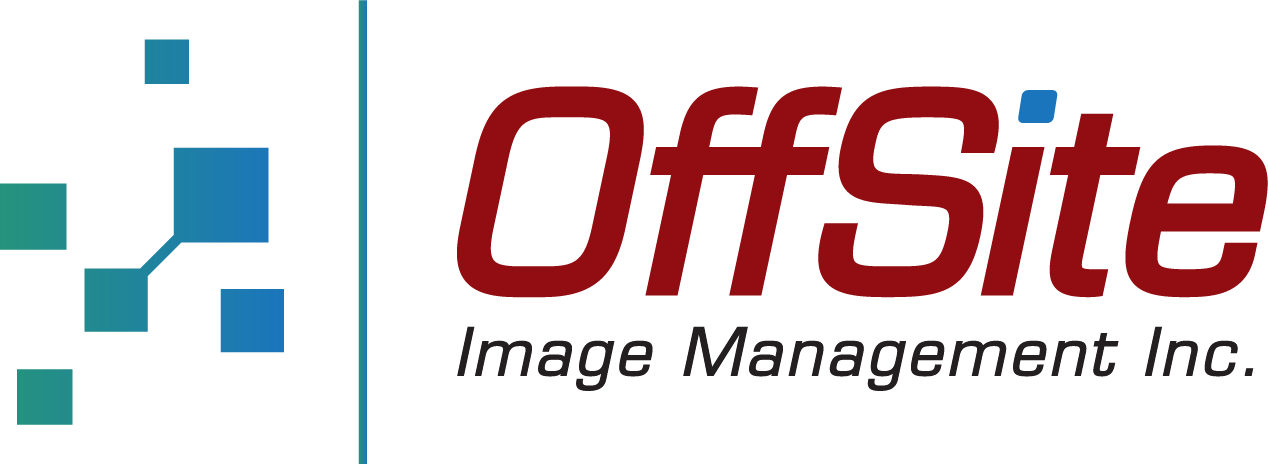 Ernst and Young released a report recently titled “Pulse of the Industry: Differentiating Differently,” and it reveals some of the top challenges that hospitals face today, not the least of which is related to vendor neutral archiving system protocols.
Ernst and Young released a report recently titled “Pulse of the Industry: Differentiating Differently,” and it reveals some of the top challenges that hospitals face today, not the least of which is related to vendor neutral archiving system protocols.
The report focuses on medical technology advancements and how healthcare professionals will deal them with in the future. Looking at the U.K., Spain, Germany and the U.S., the report determined the different business drivers that providers should be looking at very carefully now, including value-based outcomes and patient empowerment. Technological advancements that include social media, apps and other software and hardware related advancements are among the items that are pushing better patient empowerment results.
The report also shows that providers believe there will be changes in the coming years. For instance, health care reform, costs related to premium medical technology, measures to cut costs, pharmaceutical costs and imaging expenses are going to change in the next three years.
Providers are constantly looking to cut costs without compromising the level of care they provide. This is a trend that tops the list of concerns. However, the expense of providing imaging services is expected to decrease by 10 percent by 2017, which is being attributed to the popularity of the vendor neutral archiving system that so many providers are adopting.
Coincidentally, the second biggest concern among providers is expenses related to upgrading medical IT systems. A vendor neutral archiving system is being viewed as a fundamental healthcare strategy given the cost savings associated with its adoption. The reason for this is because it is a system that is interoperable and can manage, share and store images without discriminating against digital formats.
Vendor neutral archives (VNAs) have been developed to offer departments and practices a method by which they can store and archive across any picture archiving and communication system (PACS). Providers struggled with communication between disparate systems as vendors made their solutions proprietary, putting up a significant roadblock.
Perhaps the concern regarding upgrading IT equipment detailed in the report is related to the confusion regarding what a central PACS archive and a true VNA can do. Most providers are pushing their PACS to do far more than it was built for. At the same time, differing opinions about what a VNA solution is can be confounding.
To clear up any confusion regarding what true VNA actually is, ask yourself these questions: Can it store the entire suite of DICOM SOP classes which include presentation states and key image notes? Can it store objects in a non-proprietary format that can be understood by DICOM part 102? Can it support the most inclusive DICOM query/retrieve specification? Can it handle ADT updates? If you answer no to any of these questions, you’re not paired with true VNA.
OffSite Image Management, Inc. provides the VNA services that lead the industry. We know what major challenges hospitals are facing and we have created a solution. You might have an efficient PACS, but it can’t do everything. Most importantly, your PACS can’t share images with other departments or other hospitals, which is a requirement today as more patients seek care from multiple providers. Our clients have come to us because we use multiple Level IV data centers, offer 24/7/365 access to data, require no start up fees or migration fees or revolving fees, and we can guarantee a cost savings of up to 60 percent. It’s for these reasons we’re leading the industry.
